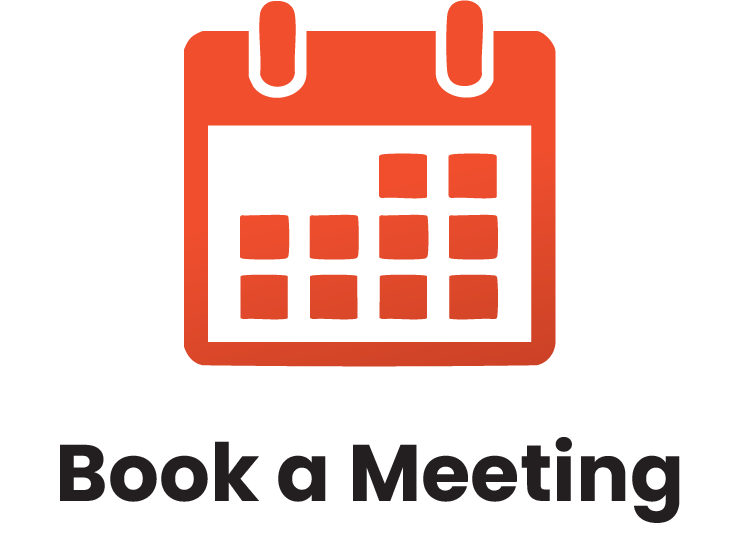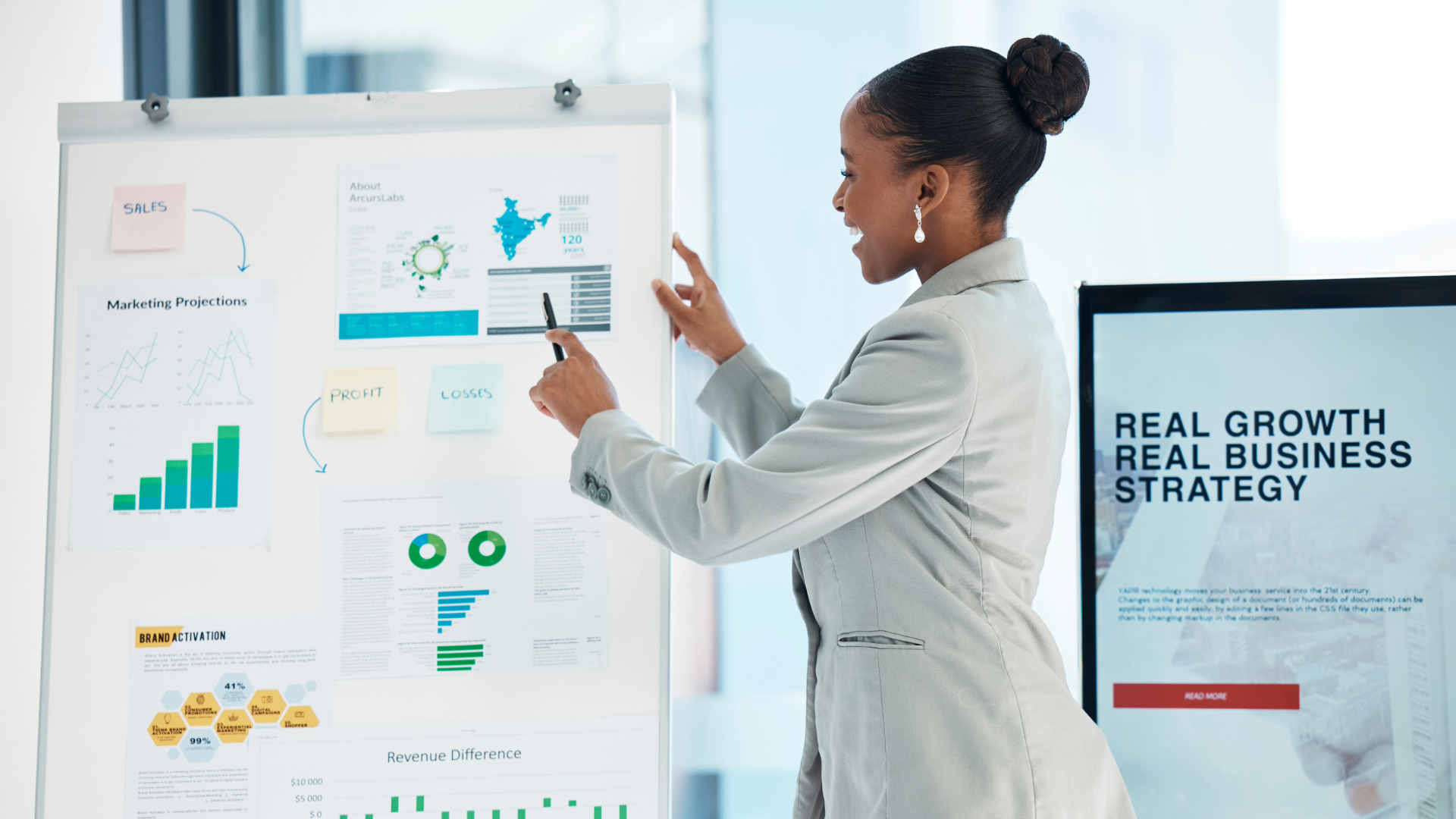Interactive training sessions led by experienced facilitators.
What is In-Person, Instructor-Led Training?
Our in-person training is delivered by a live facilitator who works directly with your team at your location. It’s our most popular format because it allows for real-time interaction, hands-on learning, and direct support.
Every session is tailored to your team’s specific goals, industry, and challenges—no generic, one-size-fits-all programs. Whether it’s a single session or a full training series, we design the experience to be relevant, practical, and fully aligned with your needs.
What is Live Webinar Training?
Live webinars are facilitator-led training sessions delivered online in real time. They’re ideal for teams working in different locations or with busy schedules.
This format offers shorter, more frequent sessions that are easy to coordinate—making it a convenient option for organizations with remote or distributed teams.
What is Virtual Classroom Training?
Virtual Classroom training is live, instructor-led training delivered online. It offers the same interactive experience as in-person sessions, with real-time discussions, group activities, and instructor feedback.
It’s a flexible option for organizations that want to reduce travel, save costs, or better fit training into busy schedules.
What is a Lunch & Learn Session?
Lunch & Learn sessions are short, facilitator-led training sessions delivered in person or online—typically during the lunch hour. They focus on specific topics or skills and offer a quick, engaging way to learn without a full-day commitment.
These sessions can be offered as one-time events or as part of a series, making them a great option for ongoing, bite-sized learning.
Online Learning
Enjoy our self-paced option and learn from anywhere!
$199.00 USD
Workplace Success: Eight Key Skills You’ll Need
There have been a number of studies that identify the key skills that workers need to be successful. Various studies call them different things – critical employability skills, soft skills, or transferrable skills. Regardless of the name these skills are critical for workplace success.
Eight of the most commonly identified skills are: Being a Productive Team Member, Flexibility, Problem Solving, Resourcefulness, Giving and Receiving Feedback, Self-Confidence, Creative Thinking and Emotional Intelligence. Many of us possess one or more of these attributes already and perhaps all of them. Luckily these skills can be improved upon through training.
This course looks to take you from where you are now to a new level of understanding for the key skills that will help to make you successful at work.
What Will Be Covered
LEARNING OBJECTIVES
Learning Objectives
- Know your own team member roles and responsibilities.
- Understand ways to be an effective team member.
- Know how it feels to experience change and know your level of change tolerance.
- Understand ways to be flexible in times of change.
- Know what a problem is and ways to approach problem solving.
- Recognize the self-fulfilling prophecy and its relevance to their work.
- Appreciate the variety of behaviors that characterize resourcefulness in the workplace.
- Identify tips to giving and receiving feedback.
- Realize the uses of feedback to increase their strengths as leaders in the workplace.
- Recognize self-confident behaviors in the workplace.
- Utilize a three-step process to building your own self-confidence.
- Apply a number of group methods for creative thinking.
- Recount the history of social and emotional intelligence theory.
- Define Daniel Goleman’s five sets of social and emotional competencies and correlate them to workplace experiences.


A Deeper Look
COURSE OUTLINE
A breakdown of each session included in this course.
Being a Team Player
This session will have students complete a Team Roles and Responsibilities Questionnaire to determine what kind of team player they are. They will also look at a guidelines to being an effective team leader.
Flexibility
Students will assess their change tolerance in this session by completing an exercise and then explore how to become more tolerant and flexible.
Problem Solving
What a problem is will be defined in this session and students will also look at ways to approach problems. Students will also be introduced to eight essentials to defining a problem and actually solve a problem.
Resourcefulness
This session covers the danger of the self-fulfilling prophecy and explores the characteristics of resourcefulness.
Feedback
This session covers ways to give and receive feedback through feedback interviews and a simulated feedback session.
Self-Confidence
You can use this session to show students about what behaviors are associated with high and low self-confidence. They will also look at a three-step process that can be used to increase self-confidence.
Creative Thinking
Brainstorming as a method for creative thinking is considered here and students will also look at some other methods that can be used for creative thinking.
Emotional Intelligence
This session explores the history of social and emotional intelligence and looks at Daniel Goleman’s five interrelated sets of Social and Emotional Competencies and their importance in workplace success.
Workshop Wrap-Up
At the end of the course, students will have an opportunity to ask questions and fill out an action plan.













